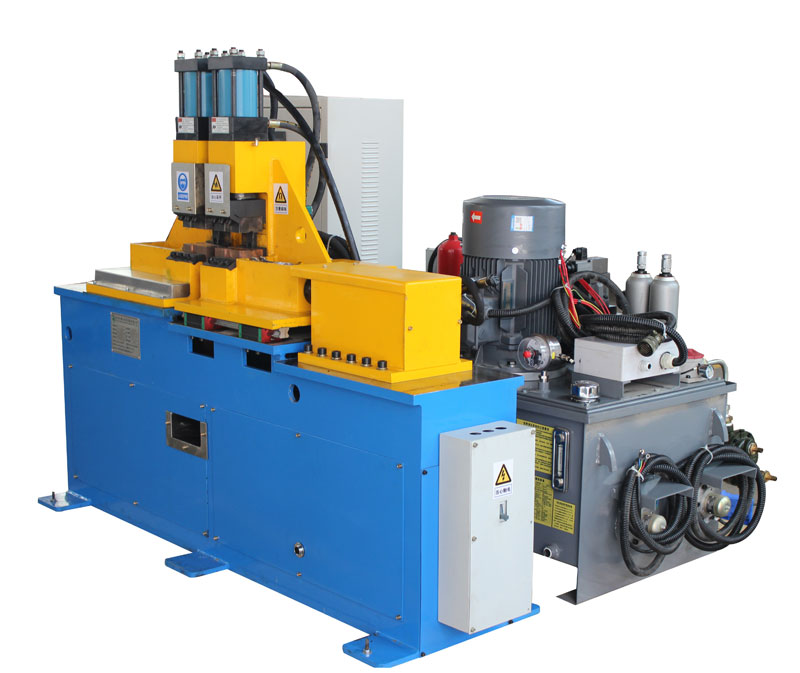Points to Consider When Welding Copper Rods Using Butt Welding Machines
Welding copper rods using butt welding machines requires specific considerations to ensure successful welds and maintain the integrity of the copper material. Understanding these essential points is crucial for welders and professionals in the welding industry to achieve precise and reliable welds when working with copper rods. This article explores the key factors to consider when welding copper rods using butt welding machines, emphasizing their significance in achieving high-quality copper welds.
- Cleanliness and Surface Preparation: Before welding copper rods, thorough cleaning of the rod surfaces is essential. Copper is prone to oxidation, which can adversely affect weld quality. Ensure that the copper rods are free from any dirt, oil, or contaminants that may hinder proper fusion during the welding process.
- Proper Fit-up and Alignment: Accurate fit-up and alignment of the copper rods are crucial to achieving uniform welds. Properly aligned rods ensure that the welding electrode makes consistent contact across the joint, leading to a strong and reliable fusion.
- Heat Control: Copper has high thermal conductivity, making it sensitive to excessive heat input during welding. Controlling the welding parameters, such as welding current and voltage, is essential to prevent overheating and potential damage to the copper rods.
- Appropriate Welding Electrode: Selecting the appropriate welding electrode material is critical when welding copper rods. The electrode material must be compatible with copper to ensure good fusion and minimize the risk of contamination.
- Preheating: Preheating the copper rods before welding can be beneficial, especially for thicker rods or in colder environments. Preheating helps reduce thermal stresses, improves weldability, and enhances overall weld quality.
- Welding Speed: Maintaining a steady and controlled welding speed is vital when working with copper rods. Consistent electrode withdrawal speed ensures uniform weld bead appearance and proper heat distribution.
- Post-Weld Treatment: After welding, it is essential to allow the welded joint to cool gradually to prevent rapid cooling and potential cracking. Post-weld heat treatment may be considered to optimize the copper weld’s mechanical properties if required.
In conclusion, welding copper rods using butt welding machines requires careful attention to several critical factors. Thorough cleanliness and surface preparation, proper fit-up and alignment, controlled heat input, and appropriate welding electrode material are key considerations to ensure successful welds and preserve the integrity of the copper material. Preheating and maintaining a steady welding speed further enhance the welding process, contributing to high-quality copper welds. By understanding and implementing these essential points, welders and professionals can achieve precise and reliable welds when working with copper rods. Emphasizing the significance of each consideration supports the advancement of welding technology, promoting excellence in copper welding applications across various industrial sectors.
